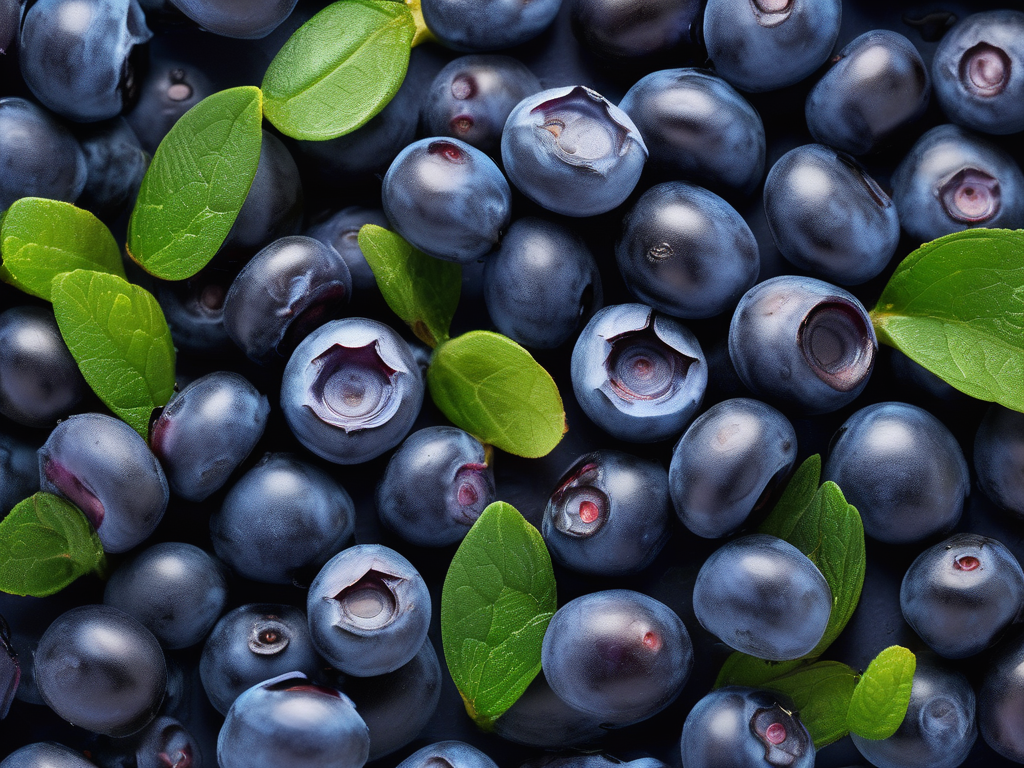
When to Discard Moldy Bilberries to Prevent Food Poisoning
Get Your Free Food Safety Cheat Sheet
30 most common foods with instant answers. Print it and stick it on your fridge—completely free!
When to Discard Moldy Bilberries to Prevent Food Poisoning
Bilberries are a delicious and nutritious fruit that can be enjoyed fresh or used in a variety of dishes. However, like all fruits, bilberries are susceptible to mold growth, which can pose serious health risks if consumed. In this blog post, we will discuss when it is necessary to discard moldy bilberries to prevent food poisoning and ensure food safety. (Bilberry)
Understanding Mold on Bilberries
Mold is a type of fungi that can grow on fruits like bilberries under the right conditions. Mold spores are everywhere in the environment, and when they land on a suitable surface, such as a bilberry, they can begin to grow and reproduce. Mold can appear as fuzzy patches, spots, or discoloration on the surface of the fruit.
Types of Mold on Bilberries
- Penicillium: Blue or green mold commonly found on bilberries.
- Botrytis cinerea: Gray mold that can develop on overripe or damaged bilberries.
- Alternaria: Black or brown mold that can grow on bilberries in humid conditions.
Risks of Consuming Moldy Bilberries
Consuming moldy bilberries can lead to food poisoning and various health issues. Mold produces toxins called mycotoxins, which can cause allergic reactions, respiratory problems, and digestive issues. Ingesting moldy bilberries can result in symptoms such as nausea, vomiting, diarrhea, and stomach cramps.
Health Risks of Moldy Bilberries
- Mycotoxin exposure: Mold toxins can be harmful to human health.
- Allergic reactions: Mold spores can trigger allergies in sensitive individuals.
- Respiratory problems: Inhaling mold spores can lead to respiratory issues.
When to Discard Moldy Bilberries
It is essential to know when to discard moldy bilberries to prevent food poisoning and ensure food safety. Here are some guidelines to help you determine when it is time to throw away moldy bilberries:
Visual Inspection
- Inspect the bilberries: Check for any signs of mold growth, such as fuzzy patches or discoloration.
- Texture: Moldy bilberries may feel soft or mushy to the touch.
- Smell: Moldy bilberries may have a musty or off-putting odor.
Guidelines for Discarding Moldy Bilberries
- Small patches of mold: If only a few bilberries are affected, discard them along with any nearby fruits to prevent cross-contamination.
- Large mold growth: If a significant portion of the bilberries is moldy, it is best to discard the entire batch.
- Visible signs of decay: Mold can indicate that the bilberries are past their prime and may be spoiled.
Safety Tips for Handling Bilberries
- Wash bilberries before consuming: Rinse the bilberries under cold water to remove any dirt, debris, or potential mold spores.
- Store bilberries properly: Keep bilberries refrigerated in a ventilated container to prevent mold growth.
- Use bilberries promptly: Consume fresh bilberries within a few days of purchase to minimize the risk of mold formation.
Conclusion
In conclusion, moldy bilberries should be discarded promptly to prevent food poisoning and protect your health. By understanding the risks of consuming moldy fruits and following proper food safety guidelines, you can enjoy bilberries safely and reap their nutritional benefits. Remember to inspect your bilberries visually, use your senses to detect mold growth, and follow safety tips for handling and storing bilberries. Stay vigilant and prioritize food safety to enjoy the delicious taste of bilberries without any health risks. (Bilberry)
Authoritative Food Safety References
These agencies and university labs inform every tip and health precaution we publish.
USDA FoodKeeper – Cold Storage Guidelines
Official refrigerator, freezer, and pantry timelines maintained by the U.S. Department of Agriculture.
Visit USDA FoodKeeperFDA Produce Safety Rule & Grower Guidance
Field-to-fridge handling practices that prevent contamination of fruits, vegetables, and leafy greens.
Visit FDA Produce SafetyCDC Foodborne Illness Prevention Hub
Surveillance-backed guidance on pathogens, symptoms, and steps to reduce foodborne illness risk.
Visit CDC Food SafetyUC Davis Postharvest Technology Center
University research detailing optimal storage atmospheres for produce after harvest.
Visit UC Davis PostharvestPenn State Extension – Home Food Preservation & Safety
Peer-reviewed extension bulletins on safe canning, chilling, and reheating practices.
Visit Penn State ExtensionGet Your Free Food Safety Cheat Sheet
30 most common foods with instant answers. Print it and stick it on your fridge—completely free! Want more? Upgrade to the complete guide with 70+ foods.
Scan your food directly and get instant safety info using our AI-powered camera feature.